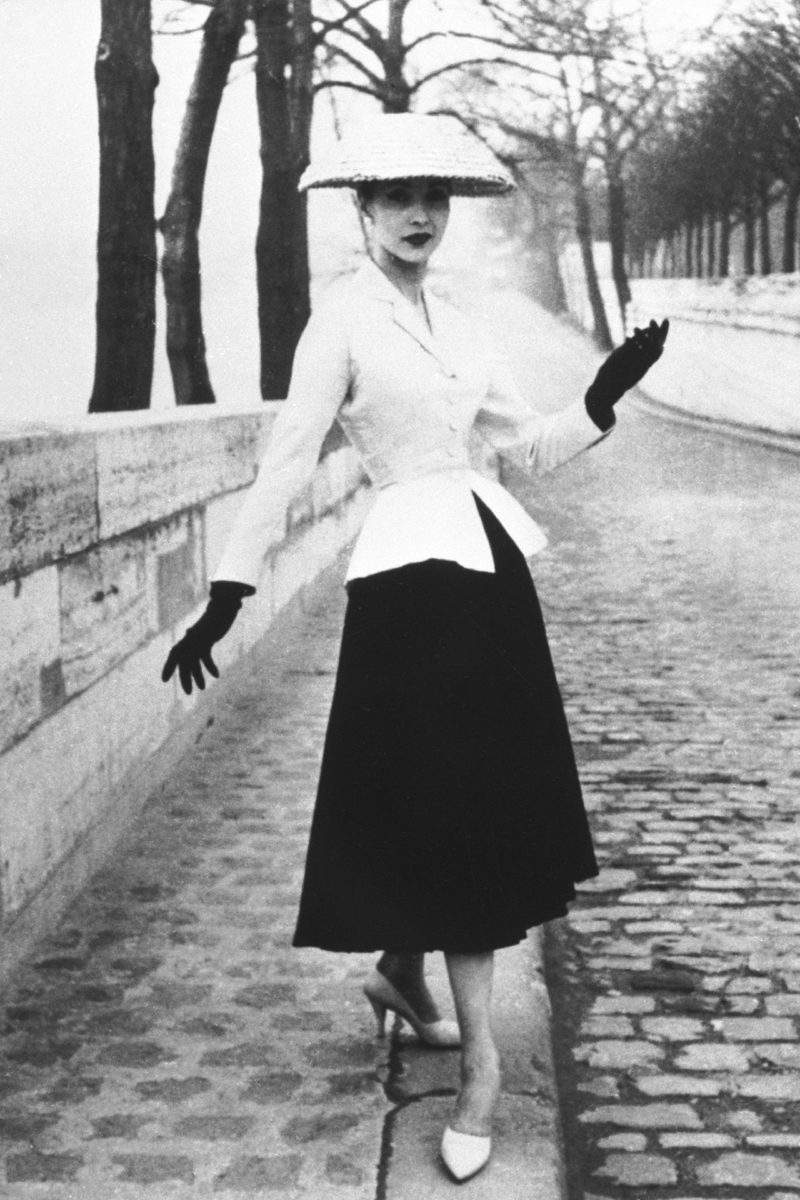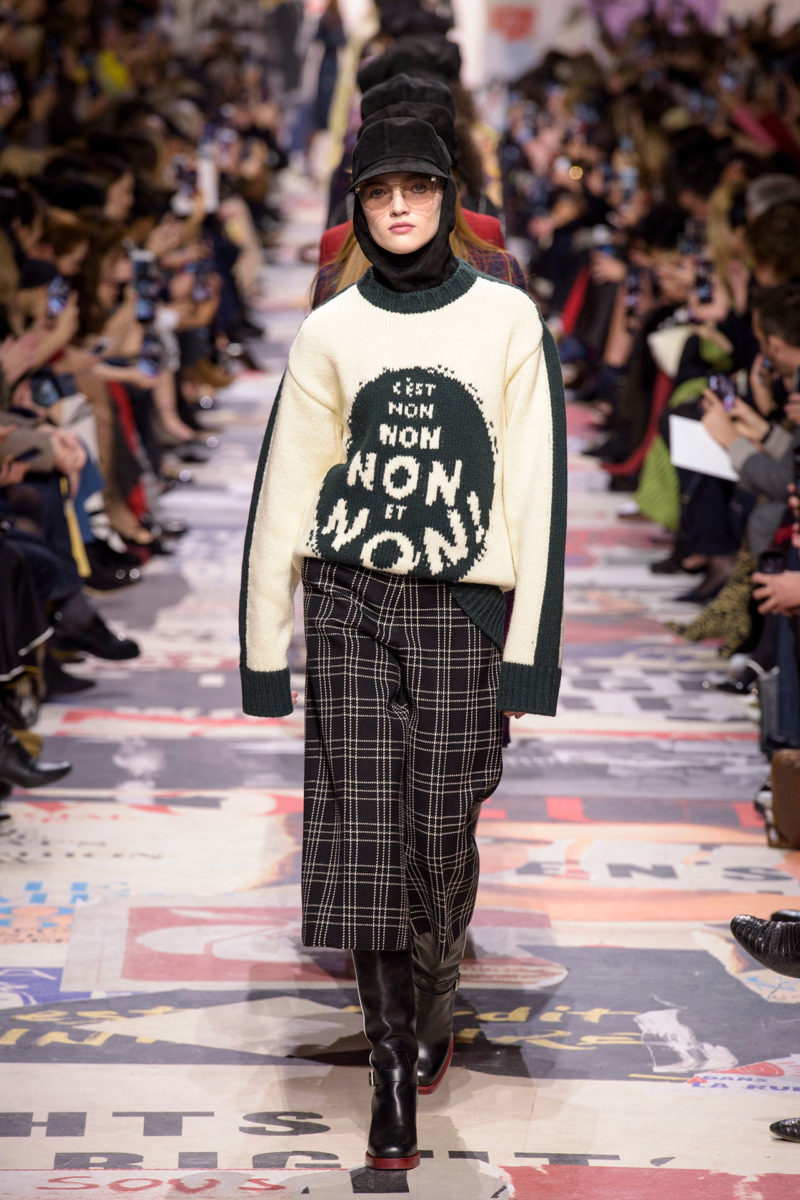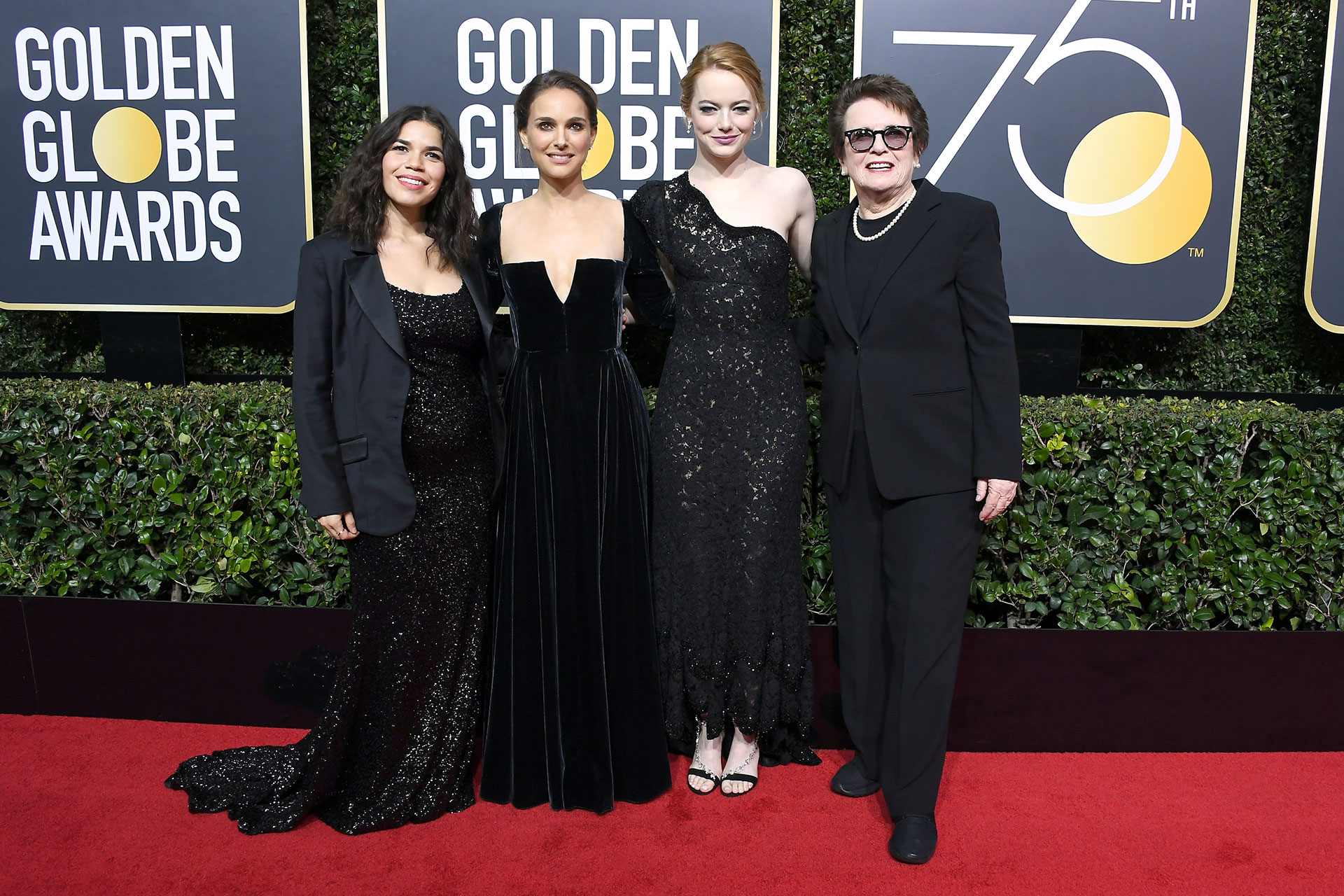When the miniskirt launched in the 1960s, it was deemed one of the greatest fashion revolutions of the past century. Based on a traditional tunic worn by the ancient Greeks and Romans, it set a new agenda, breaking free from the constrictive, voluminous skirts and nipped-in waists of the 1950s. Of course, exposing the female thigh after all this time made it controversial and divisive, too—but the miniskirt came to be known as an emblem of London‘s new “youthquake” and an enduring symbol of women’s liberation.
Fast forward nearly 60 years and the miniskirt continues to divide opinion – but 2019 is a very different landscape. In fact, minis were met with such widespread disapproval by critics at Hedi Slimane‘s debut SS19 Celine show, it raised the question of whether certain items and aesthetics are now off limits for designers. Slimane responded to the furore, asking: “Does this mean women are no longer free to wear miniskirts if they wish?” and whether the reception of the collection was due to the difference in style between himself and his predecessor, Phoebe Philo. Where Philo’s Céline (with the equally divisive accent) had always been about minimal, covered-up, everywoman designs—architectural yet wearable, and often involving an ugly-chic shoe—Slimane’s debut brought back the short and sexy silhouettes he’d made his signature while at Yves Saint Laurent.
It wasn’t just the switch from Philo’s aesthetic that sparked debate. Post #MeToo and Time’s Up, we know fashion has power—remember the all-black outfits at the 2018 Golden Globes—but fashion needs context, too. Maria Grazia Chiuri‘s autumn/winter 2018 Dior show also focused heavily on miniskirts—but hers were inspired by a striking archive image of women protesting outside a Dior shop because there weren’t enough miniskirts inside, and the whole collection, titled “I am woman”, was intended as a celebration of female empowerment.
Indeed, Philo’s aesthetic was changing mindsets long before any public movements. “I started my career being known for my ‘sexy’ styling, so that has definitely changed,” says fashion stylist Katie Mossman, who pinpoints the Philo years as the starting point for her shift in attitude. While she admits that “the oversized-trouser-and-sneaker-wearing editor” look, as she describes it, took some time to get used to, it was a fresh aesthetic that meant women could be “powerful and chic as well, [and] no longer dressing for a man”.
“The black looks at the Golden Globes had a big impact,” London-based stylist Elizabeth Saltzman told Vogue last December. “I take my job seriously. Every look has to be considered,” she says, referring to a need to think about the wider picture before agreeing on a look with the client—hers include Saoirse Ronan and Gwyneth Paltrow. Mossman is inclined to agree: “I think there is a certain cautionary feeling in the air after the #MeToo movement.”
The great thing about fashion is that it’s always got a historical reference point. When Dior unveiled its New Look in 1947, its end-of-austerity escapism changed the way women dressed until the miniskirt came along. But Dior’s vision wasn’t welcomed with open arms by those who had enjoyed the simple cuts and shorter lengths that wartime had necessitated. The New Look’s signatures—corseted waists and long, splayed skirts constructed from yards and yards of fabric—felt like a backward step, and were vehemently opposed by, among others, the Little Below The Knee Club, which formed in Dallas in 1947 to protest against just this.
Another product of post-war society, the flapper dress, also split opinion—it could by turns be associated with young and giddy debs who spent their time dancing the Charleston, or with liberating women’s attire and putting it on a more equal footing with men’s. Compared to what had come before it, the short, dropped-waist flapper dress, and the androgynous figure it favoured, felt modern and more masculine. It would be frowned upon by some and embraced by others for both these reasons.
“I feel like #MeToo and other sensitive movements have definitely caused people to step back and think more about what they do and wear,” concludes Mossman, who says it’s always something she considers when styling a shoot or dressing a celebrity. “If it’s a short dress, it’s long sleeves or high neck; one or the other.” Ultimately, rather than declaring certain clothes off limits, it’s more important to be comfortable in what you’re wearing—dressing consciously is perhaps the most relevant fashion statement for 2019.

1 / 14
Mini skirts in London, 1900
Photo: Getty Images

2 / 14
Mary Quant
Photo: Alamy

3 / 14
Jean Shrimpton in denim miniskirt
Photo: Getty Images

4 / 14
Protection of Mini Skirt protest
Photo: Getty Images

5 / 14
Flapper dress
Photo: Getty Images

6 / 14
Christian Dior
Photo: Getty Images

7 / 14
The New Look 1947
Photo: Getty Images

8 / 14
Celine spring/summer 2017
Photo: Getty Images

9 / 14
Christian Dior fall/winter 2018
Photo: Getty Images

10 / 14
Prabal Gurung fall/winter 2017
Photo: Getty Images

11 / 14
Prabal Gurung fall/winter 2017
Photo: Getty Images

12 / 14
Celine spring/summer 2019
Photo: Getty Images

13 / 14
Celine spring/summer 2019
Photo: Getty Images

14 / 14
Golden Globes 2018
Photo: Getty Images





